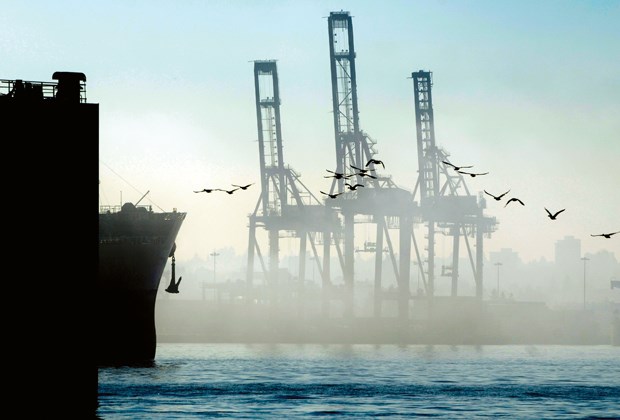One hundred days a year, “combined” sewer lines in Burnaby overflow, causing mixed sewage – from storm drains, toilets and more – to flow into local waterways.
The city is hard at work separating its combined lines to prevent raw sewage and rainwater from mixing and polluting Burrard Inlet and the Fraser River on rainy days – but that’s “only half the equation,” says Coun. Sav Dhaliwal.
Thousands of private properties still have combined sewer systems pouring rainwater into sanitary sewers, causing them to overflow and drain some 125,000 cubic metres of sewage into local waterways every year, according to a city report.
On Monday, city council approved a new program that will offer homeowners up to $2,500 towards separating their sewers. The city plans to start promoting the new program online before sending letters first to eligible homes in northwest Burnaby, then to homeowners in the southeast.
The municipality only requires owners to separate their lines during a major redevelopment and separating sewers on private property costs $5,000 to $15,000, the report says.
So why would anyone take the city up on its new offer if it will still cost them thousands?
“The incentive is that every day you don't do it, things get more expensive – that's one. Number two, you're doing also some favour in terms of really helping the environment as well,” Dhaliwal told the NOW.
Dhaliwal, chair of the city’s finance committee, which recommended the new program to council, said he expects Burnaby will one day require all homeowners with combined sewers to seperate them.
But with the city still working to separate the remaining seven per cent (approximately 45 kilometres) of its own infrastructure, that deadline is “probably a long ways from now,” he said.
The new grant program will be capped at 250 applications a year, which would cost $625,000.
With no deadline on the horizon, however, Dhaliwal said he didn’t expect uptake to be strong.
“We're probably being optimistic, human nature being what it is. Generally you wait until the last minute,” he said. “I think eventually all of us, as a society, we will recognize that there's going to be some cost to all of us to really achieve our objectives of clean water, clean air [and a] clean environment.”



